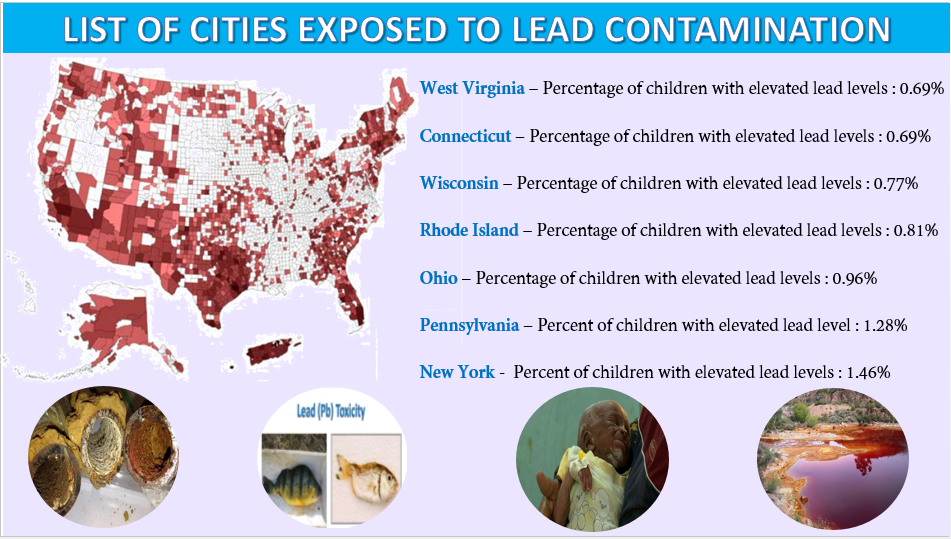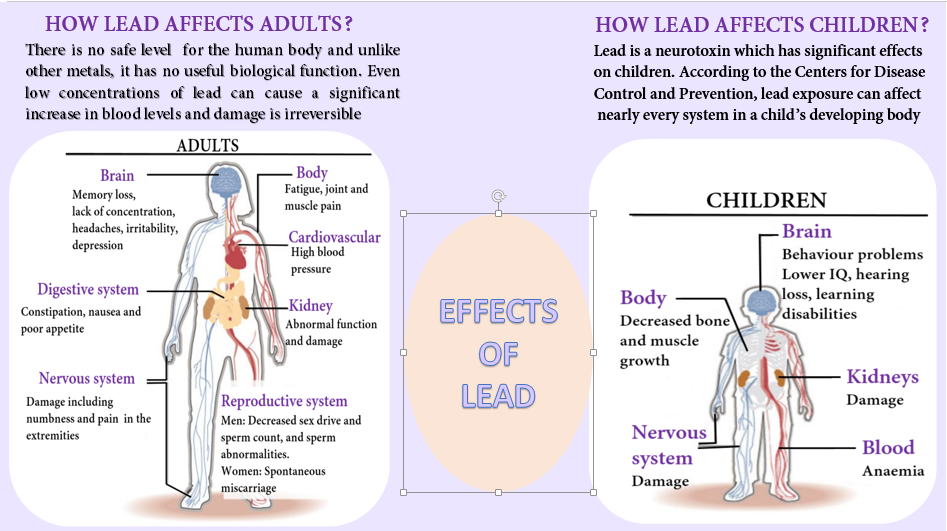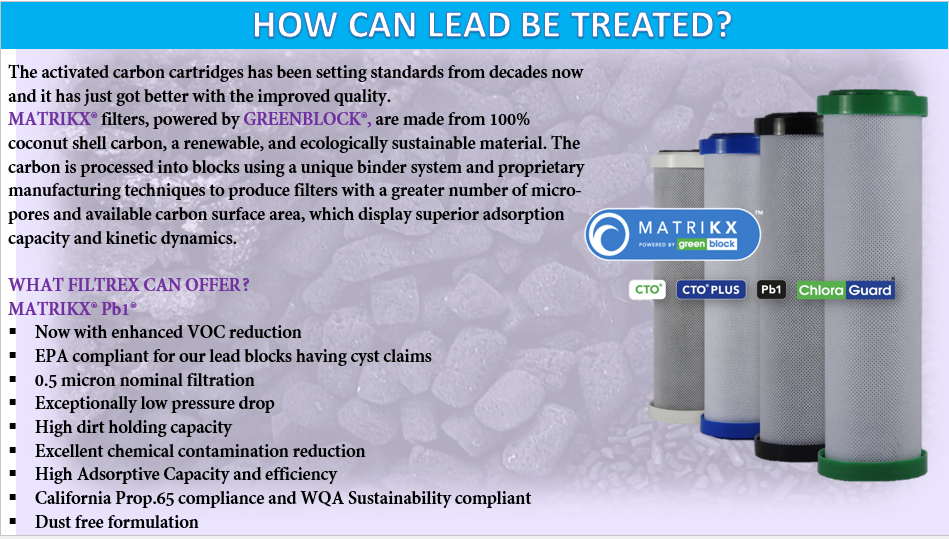According to CNN, eighteen million Americans lives in community where violation of water system takes place. The federal agency in charge of making sure that those systems are safe not only knows the issues, but very little is done to stop them based on the research provided by multiple sources and water experts.
In this case, the “cop” is a combination of the states and the EPA. States are the first line of enforcement, but when they fail — as they did recently in Flint-Michigan — the EPA is supposed to step in. But in many cases, the agency hasn’t. More than 5,300 water systems in America are in violation of the EPA’s lead and copper rule. Violations include failure to properly test water for lead, failure to report contamination to residents, and failure to treat water properly to avoid lead contamination.
Lead is a cumulative toxicant that affects multiple body systems and is particularly harmful to young children. Lead in the body is distributed to the brain, liver, kidney and bones. It is stored in the teeth and bones, where it accumulates over time. Human exposure is usually assessed through the measurement of lead in blood.
Symptoms like tiredness, head and stomach aches, low iron deficiencies often mistaken for other illness are few ways to determine the lead poisoning and various other diseases present in the human body.
According to the U.S. Council of Environmental Quality, the risk of developing cancer is 93% higher in people who drink or are exposed to lead and chlorinated water.




